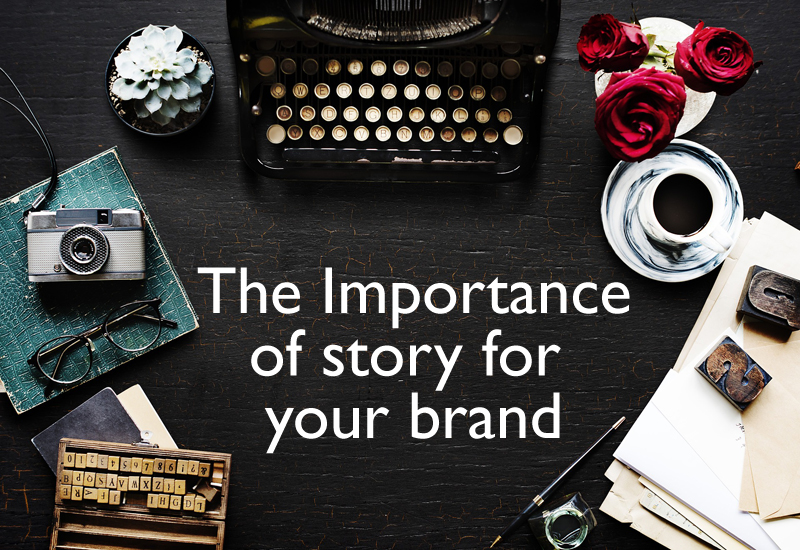
Most businesses focus on selling the features and benefits of what they sell. These days we are so bombarded with this approach that we’ve learnt to filter it out and ignore it. We make tea during ad breaks, we skip the ads before YouTube videos and ignore ads on our Facebook feeds.
We also spend more and more time on our phones. They are the tools we use to live our busy lives and they command a lot of our attention. Our phones have become the new high streets and they are full to the brim with people wandering through them every day.
So how do businesses engage with these new tools? The secret is that, whilst none of us like ads, we all love a good story.
The Science
We are social beings and rely on one another for our survival and happiness. Our brains produce a neurochemical called oxytocin when we are trusted or someone is kind to us, this in turn motivates cooperative behaviours. Studies have shown that character driven stories consistently cause oxytocin synthesis. Stories are also great for communicating values and information in a more effective way than listing facts like features and benefits.
The John Lewis Story
Think about John Lewis. None of us feel connected to the features and benefits of the goods at John Lewis. Most of what they sell you can purchase elsewhere. What makes the brand have meaning for us is the story it tells. We all know that it is the John Lewis Partnership. The team are all referred to as partners. We feel like a partner of John Lewis just by shopping there. We relate to the integrity of its values like quality, service and price. We know these because of the brand's story and how it's communicated to us.
All of the recent John lewis Christmas ad campaigns are stories that evoke feelings and communicate the brand's core values. When we buy from John Lewis we are making a statement about we like to think of ourselves and how we'd like others to perceive us. What statement are customers asking when they buy from you? Why do they come back to you?
What's Your Story?
You have decide on the story you are telling. What is the thing that you want customers to remember about your business? What do you stand for as a business? What are your values? What do you care about that is relevant and memorable to your customers? Once you've decided on this, you need to think about how to communicate this.
Start with your team. Make them a part of your story and engage them with your values. Empower them to live these values within your business. Create an environment that communicates your values and your story to everyone. Keep sharing your story in your PR, advertising and press campaigns. Share it on your website, blog and social media. You can even share it on your till receipts and the bags you give out to customers.
Story Telling
Remember that we all like stories that take us on journeys, stories that inspire us or amaze us and stories that surprise us and make us laugh. These type of stories make us feel happy and warm. These are all tools that help us to connect on an emotional level with our customers.
A good story also has a clear purpose, point or moral. We want to personally connect through vulnerability, conflict or achievements that we can relate to. Good stories have vivid characters and imagery. They have humour and sometimes pathos too. If your story is right it can be shared globally across a variety of platforms.
A good example of this is Harrods. Its story is so powerful that it pulls thousands of foreign visitors to London in through it's doors every year. Some people fly to London just to visit this store. Almost every single one of them is able to share its experience and, more importantly, buy something. I remember my father deliberately leaving a scarf inside the plastic Harrods bag in the Christmas present he gave my Mum one year. I imagine he wanted to show her how much he cared for her by buying her present from Harrods. That is the power of a retail brand.
A Human Story
Did you know that Liberty of London trains its team daily to share the stories of the products and goods it sells? The talk about the people who made it, where it was made and the meaning behind it. We love to hear the human stories that make up brands. What's your human story?
I love the Alan Alda video below that tells you how to identify the human story behind something. It's not about branding, it's about story telling. Give your customers and team the human story behind your business. Weave in your values and make it authentic to you.
If you get this right, you never have to worry about your competitors selling the same products as you, because your competitors will always be missing one key ingredient: they are not you and they do not have your brand story.
Social Psychology in Social Media













